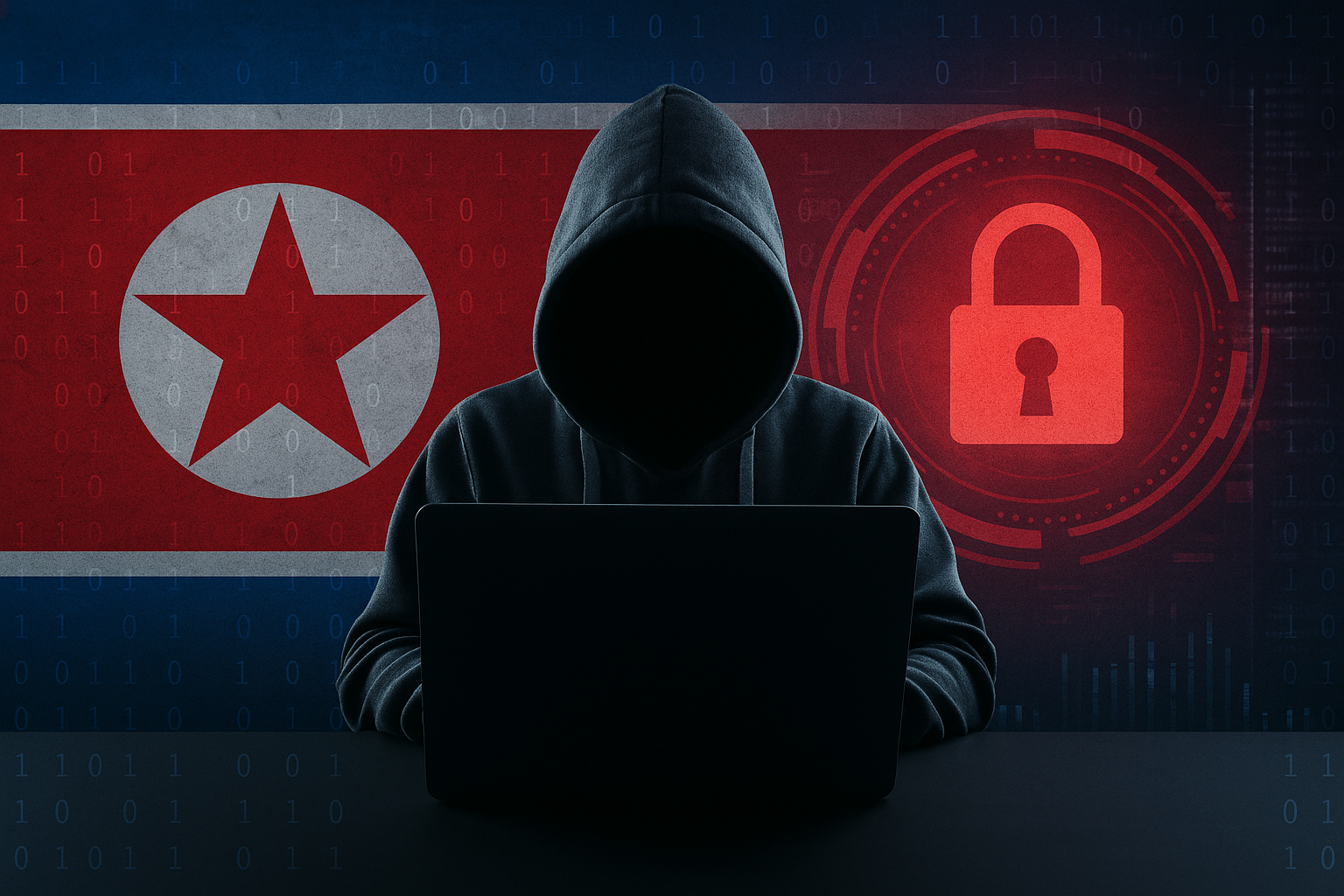Advanced Persistent Threat (APT) groups from North Korea have initiated targeted cyber-attacks against Ukrainian government agencies, aiming to steal login credentials and gather strategic intelligence. This campaign marks a notable shift in Pyongyang’s usual cyber warfare approach, reflecting evolving geopolitical dynamics and potential alignment with Russian interests.
According to analysts, these attacks escalated notably from February 2025 onward, coinciding with heightened tensions in Ukraine. Significantly, North Korea had earlier deployed troops in support of Russia during autumn 2024.
What Methods Are North Korean Hackers Using?
The primary attacker identified is the North Korean hacking entity known as the “Konni group”. According to cyber analysts from ASEC, Konni employs credential harvesting combined with malware distribution via sophisticated phishing campaigns.
Government employees have received deceptive emails disguised as Microsoft security alerts. These emails, originating from Proton Mail accounts, prompt recipients to click on malicious links leading to fake credential collection websites. This allows the attackers to gain access to sensitive login information and infiltrate networks.
Why Is This Cyber Campaign Significant?
Traditionally, North Korean cyber operations have focused heavily on financial institutions and cryptocurrency exchanges. The current campaign against Ukrainian government networks represents a strategic shift towards intelligence gathering and military capability assessment.
Analysts suggest the timing and nature of these cyber-attacks indicate North Korea’s possible support for Russian interests, potentially seeking insights into Ukrainian military deployments, strategic vulnerabilities, and broader geopolitical dynamics.
How Does the Malware Infect and Operate Within Systems?
The Konni group’s malware employs advanced multi-stage infection processes. Initial attacks involve spear-phishing emails containing malicious HTML attachments posing as genuine security notices. Upon opening these attachments, PowerShell scripts establish remote command and control (C2) communication channels with the attackers.
Once established, the malware blends seamlessly with standard system processes, making detection extremely challenging. This technique allows attackers sustained, discreet access to sensitive data and facilitates lateral movement within compromised networks.
Cyber experts emphasise the sophistication and evolution of North Korea’s cyber operations, particularly their advanced use of PowerShell scripting for persistent access and enhanced operational flexibility. This marks a notable escalation in the regime’s capabilities to target European government infrastructure.
